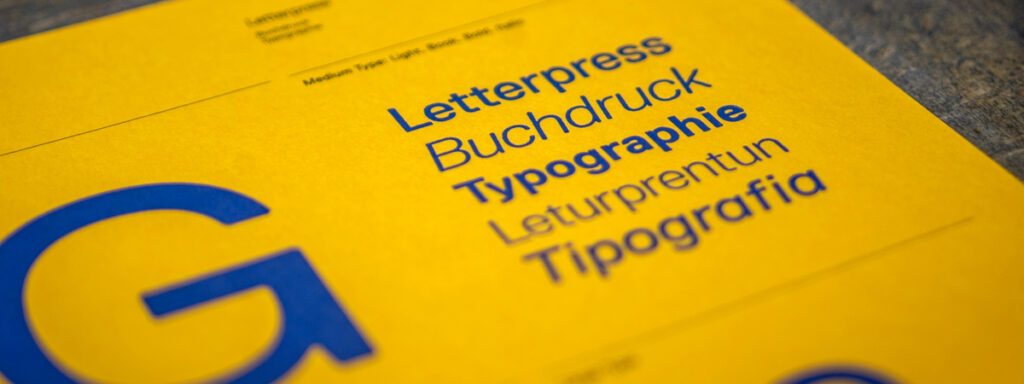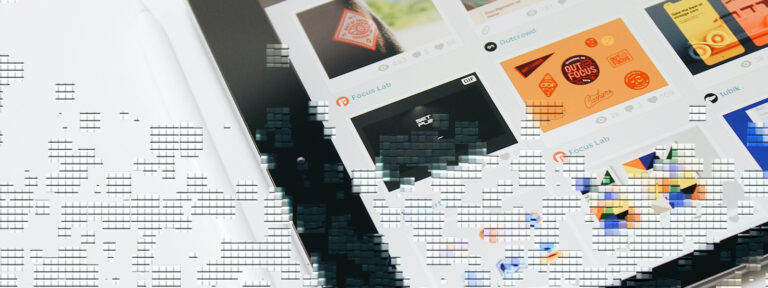Graphic design is an exciting and dynamic field that combines creativity, technology, and visual communication.
Whether you are a digital artist, traditional artist, or aspiring graphic designer, this post aims to provide you with a comprehensive introduction to the essential skills and tools needed to embark on a successful graphic design journey.
From understanding the core principles of design to mastering industry-standard software, let’s dive into the world of graphic design and discover where to start.
What is Graphic Design?
Graphic design involves creating visual content using a combination of images, typography, and layout techniques to communicate a message or convey a specific concept.
Graphic design encompasses a broad range of applications, including logo design, print materials, web design, user interface design, and more.
Graphic designers play a crucial role in shaping the visual identity of brands, businesses, and organizations.
Core Principles of Design
To create effective and visually appealing designs, it is essential to understand and apply the core principles of design.
These principles serve as the foundation for creating harmonious and impactful compositions.
Composition:

Color Theory:
Color theory explores the psychological and emotional impact of different colors and their combinations.
Understanding color harmonies, contrasts, and the meaning behind colors enables you to create designs that evoke specific moods or convey certain messages effectively.

Typography:
Typography involves the selection and arrangement of fonts to enhance readability and visual appeal.
It encompasses various aspects such as font families, typefaces, kerning, leading, and hierarchy.
Mastering typography is crucial for creating designs with clear and effective messaging.

Visual Hierarchy:
Visual hierarchy involves organizing and prioritizing visual elements to guide the viewer’s attention.
It helps convey the intended message by highlighting essential elements and establishing a logical flow of information within a design.
Effective use of visual hierarchy ensures that the viewer absorbs the intended information in a structured manner.

Essential Skills for Graphic Designers
Developing a strong skill set is vital for any graphic designer. Here are some essential skills that will help you excel in the field:
Drawing and Sketching:
Drawing and sketching are fundamental skills for any artist or designer.
These skills enable you to express ideas visually, explore concepts, and create initial drafts.
Practicing drawing and sketching enhances your ability to communicate visually and develop your unique artistic style.
Digital Illustration:
Digital illustration involves creating artwork using digital tools and software.
It provides flexibility, speed, and endless possibilities for experimentation.
Mastering digital illustration tools allows you to create stunning visuals, whether it’s character design, concept art, or digital paintings.
Image Editing and Manipulation:
Image editing and manipulation skills are essential for graphic designers.
Whether you’re retouching photos, compositing images, or creating visual effects, understanding how to use software like Adobe Photoshop or GIMP enables you to enhance and transform images to meet your design goals.
Layout and Composition:
Developing a strong sense of layout and composition is crucial for creating visually engaging designs.
It involves arranging various elements, such as text, images, and graphics, to create a balanced and aesthetically pleasing composition.
Understanding grids, alignment, and whitespace helps create designs that are visually appealing and easy to navigate.
Branding and Identity Design:
Branding and identity design involve creating visual representations of a brand or company.
Branding and identity design includes designing logos, selecting color palettes, and establishing a consistent visual identity across various platforms.
Personal branding encompasses these same concepts. If you haven’t already, I suggest you read, “The Power of Personal Branding: Building Your Professional Identity.”
Effective branding helps create a strong and recognizable brand presence.
Tools of the Trade
To bring your creative ideas to life, you need the right tools. Let’s explore the different tools used in graphic design:
Effective branding helps create a strong and recognizable brand presence.
Traditional Tools:
Traditional tools such as pencils, pens, markers, and brushes remain relevant in graphic design.
They allow for a hands-on approach, sketching ideas, and exploring concepts before moving to digital platforms.
Traditional tools also offer a tactile experience that can enhance the creative process.
Digital Tools:
Digital tools have revolutionized the graphic design industry, providing limitless possibilities and efficiency.
These tools include graphics tablets, touch-sensitive displays, and stylus pens that simulate traditional drawing techniques digitally.
Digital tools enable artists to work directly on screens, offering greater precision, control, and the ability to experiment with different effects and styles.
Graphic Design Software:
Graphic design software is an essential part of a designer’s toolkit.
Industry-standard software like Adobe Creative Suite (including Photoshop, Illustrator, and InDesign), CorelDRAW, Canva, and Sketch provide powerful features for creating and manipulating digital artwork.
Familiarizing yourself with these tools is crucial for professional graphic design work.
Online Resources and Communities:
The internet offers a wealth of resources for aspiring graphic designers.
Online platforms like Behance, Dribbble, and Pinterest inspire, showcase design portfolios, and offer valuable tutorials and resources.
Engaging with online design communities helps you stay updated with the latest trends and connect with fellow designers.
Building a Strong Portfolio
Creating a portfolio is essential for showcasing your skills and attracting potential clients or employers.
A strong portfolio should include a variety of projects that highlight your versatility and range as a designer.
It’s crucial to curate your portfolio to showcase your best work and tailor it to your target audience.
Freelancing and Career Opportunities
Graphic design offers a wide range of career opportunities.
Whether you choose to work as a freelancer, in-house designer, or part of a design agency, the demand for skilled graphic designers is ever-growing.
Freelancing provides flexibility and the opportunity to work on diverse projects while working in an agency offers stability and collaboration.
Continuous Learning and Growth
Graphic design is a field that constantly evolves, with new tools, techniques, and trends emerging regularly.
It’s important to stay updated with the latest developments in the industry.
Continuously learning and expanding your skill set through workshops, online courses, and attending design conferences will ensure your work remains relevant and competitive.
Conclusion
Graphic design is an exciting and challenging field that requires a combination of creativity, technical skills, and a deep understanding of visual communication.
By grasping the core principles of design, honing essential skills, and utilizing the right tools, you can embark on a successful journey as a graphic designer.
Remember to build a strong portfolio, explore career opportunities, and never stop learning and growing in this dynamic industry.
Embrace your creativity, and let your designs make an impact.



